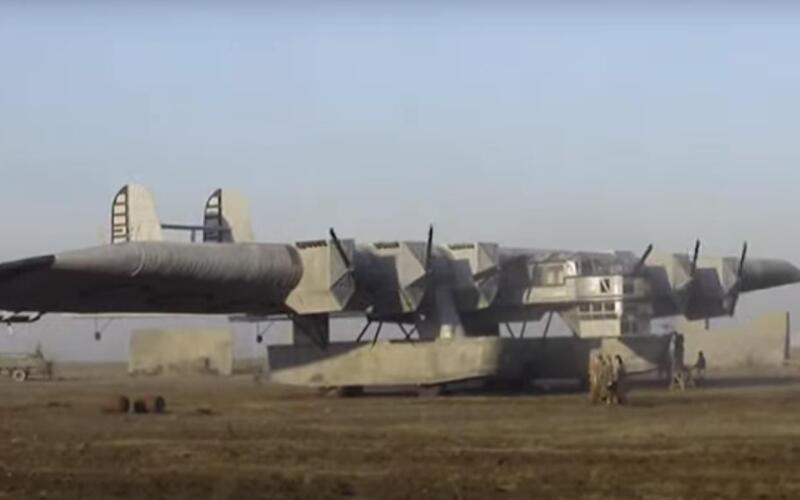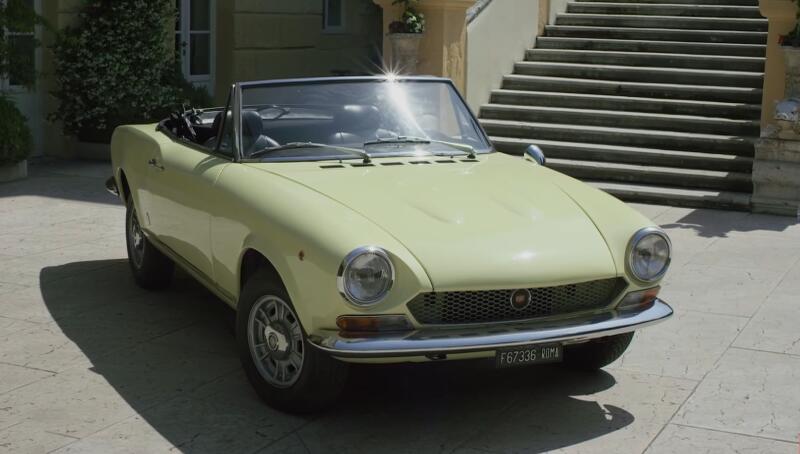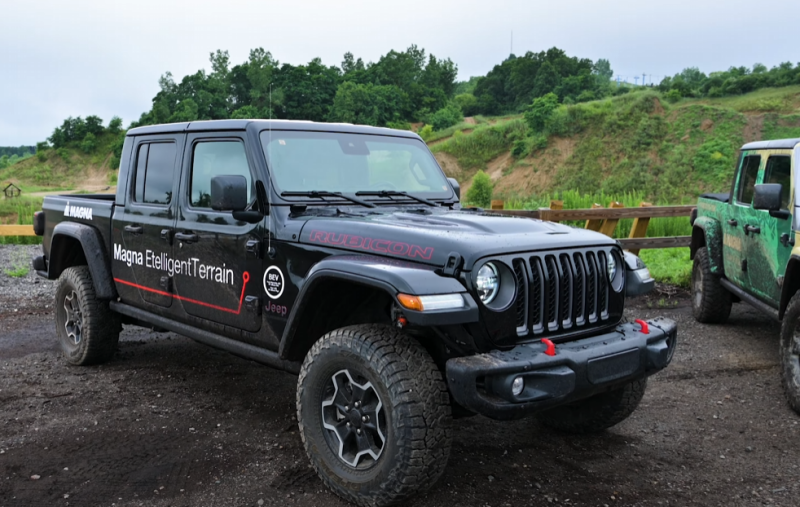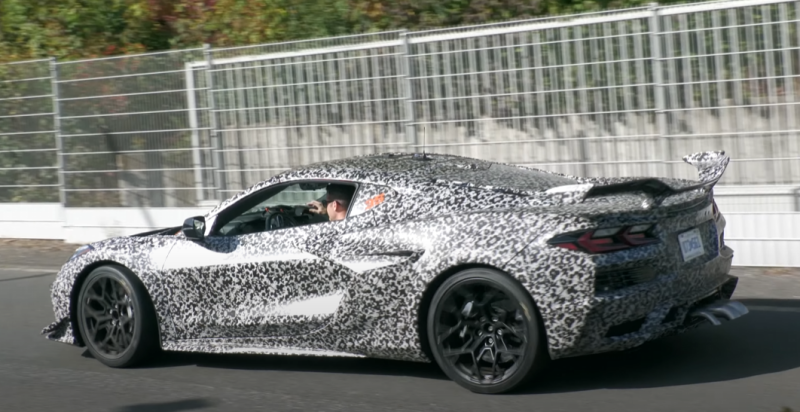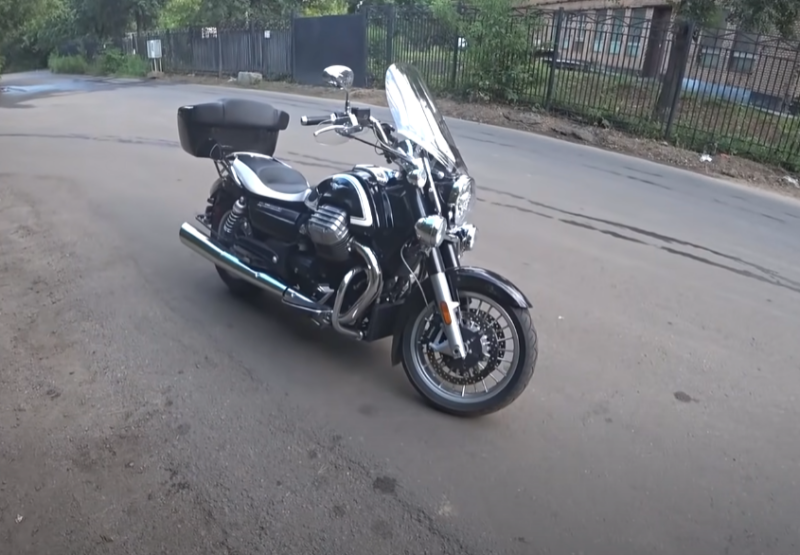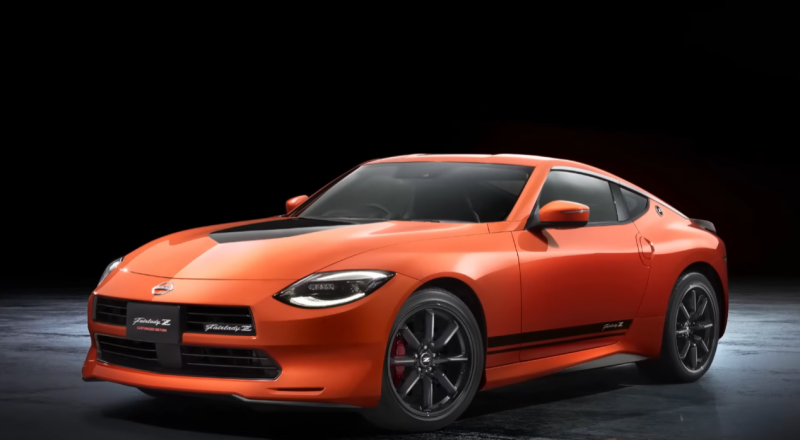The idea to build such an aircraft came to Konstantin Kalinin back in 1925. Then he, a former aircraft mechanic and pilot, was one of the leaders of the Ukrvozdukhput organization, which was engaged in the transportation of passengers. In 1926, this company was transformed into the State Aviation Plant (GAZ No. 135). It was there that a design bureau was created, which was engaged in the design of new aircraft.
 By the end of the 1920s, “Ilya Muromets” became morally obsolete. Photo: YouTube.com
By the end of the 1920s, “Ilya Muromets” became morally obsolete. Photo: YouTube.comBy the beginning of the 1930s, the bureau had already accumulated experience: the K-2 and K-3 aircraft were created. The most famous “product” is the K-5 machine, which went into series. Earlier, in 1928, the design bureau team began designing a large multi-purpose aircraft conceived by Kalinin. It was assumed that during mass production there would be three versions of the vehicle: military (bomber), transport-landing and civilian (passenger). It’s curious: the letter “K” in the name of the aircraft, according to Konstantin Alekseevich himself, did not mean his last name, but the word “team”.
Four design editions
The very first version of the car was ready back in 1928. Its model was studied at TsAGI in terms of aerodynamics. In 1929, the project was approved. What was this plane supposed to be? It was assumed that the structure would be made of wood and covered with canvas. But later an all-metal aircraft will be developed. The role of the power plant was initially supposed to be played by three air-cooled BMW 132 engines. Each of them (essentially, these are licensed copies of the Pratt-Whitney R-1690-S1E-G from America, made in Germany) developed up to 750 “horses”.
After purging the prototype at TsAGI, it became clear that three engines were not enough, so they added a fourth. But the plane was never built: Kalinin insisted that the idea of a “flying wing” be used in the design. But then it was a risky step - the controllability of a machine of such a design had not yet been sufficiently studied. Simply put, there were no large aircraft in such a configuration in the world. It is clear that Kalinin was not supported.
 Even in the design and mock-up, the car was impressive with its enormous size. Photo: YouTube.com
Even in the design and mock-up, the car was impressive with its enormous size. Photo: YouTube.comThen he proposed another option, also non-standard: “everyone in the wing” (second edition). This meant that passengers and some crew members would be inside the planes. The main gondola, which is slightly forward, houses the navigator, pilots, wardroom, buffet, radio operator's cabin and service rooms. The chassis was supposed to be made in the form of a pair of large bogies located in fairings.
 This view should have been seen from the cockpit. Photo: YouTube.com
This view should have been seen from the cockpit. Photo: YouTube.comThe project was generally approved, but a number of omissions were pointed out that needed to be corrected. The main disadvantage was the lack of power, which did not allow it to fly at the required altitude at the required speed. The third edition of the project involved the construction of two aircraft at once: a bomber and a civilian ship designed for 100 people. Now the plane had seven engines.
Interesting: two power units were located in front of the chassis fairings. Among other innovative technical solutions, it is worth noting the use of air-oil shock absorbers in the chassis: this had not been done before in the USSR.
And they didn’t forget about the engines: here’s a bright, forward-thinking example of import substitution “of the 30s type” - the car was equipped with domestic M-34 power units, producing up to 850 “horses” each.
 On an ANT-25 aircraft equipped with a modification of the M-34 engine, Gromov flew from the USSR to the USA (1937). Photo: YouTube.com
On an ANT-25 aircraft equipped with a modification of the M-34 engine, Gromov flew from the USSR to the USA (1937). Photo: YouTube.comBut this version of the project also did not satisfy the selection committee, which recommended a more detailed study.
The version of the project that was accepted
The frame was made of truss elements in the form of chrome-molybdenum steel pipes, which have increased strength. This was used for the first time in Soviet aircraft construction. We have specially developed a special technology for welding such material. They tried to supply domestic tires, but alas, the test results showed the impossibility of using them on such a large aircraft. That's why we bought American Palmer.
 It was assumed that the K-7 would be equipped with floats. Photo: YouTube.com
It was assumed that the K-7 would be equipped with floats. Photo: YouTube.comBut the engines in the latest version of the project remained their own, already boosted - 6 M-34F units, developing up to 830 hp. With. They were not enough to obtain the required power. Therefore, already during the construction of the prototype, another, seventh motor with a pusher propeller was installed at the rear. Construction of the aircraft in the fourth version started in 1931 (according to other information, in 1932) and ended at the end of the summer of 1933.
Features
For its time it was one of the largest aircraft in the world. This is evidenced by some parameters of the machine, called “K-7”:
✅ wingspan, length, height - 53, 28 and 12,4 m
✅ empty weight (maximum takeoff) - 24,4 tons (46,5 tons)
✅ speed - up to 225 km / h
✅ height - 4 km
✅ range - up to 1600 km
The crew consisted of 11 (!) people who were located in different parts of the aircraft and talked to each other on an internal telephone. But this is in the military version, where there are shooters, a gunner and a bombardier. In the civilian version there are a couple of pilots, a navigator, a radio operator, and a flight mechanic. The latter, by the way, had access to the engine during the flight, which was unusual for that time, and even today. Passenger capacity is quite decent: 128 people. As for the cargo, the vehicle could transport 7 tons.
During construction, Kalinin proposed an original solution, which subsequently became widely used in aircraft construction. We are talking about electric amplifiers, the so-called. boosters that help control the huge machine. An agreement was concluded with one of the capital's electrical engineering universities: the institute undertook to produce such a system. But he never did. As a result, the steering wheels were equipped with servos.
First flight
The significance of the event is evidenced by the presence of the head of the State Administration of the USSR Aviation Industry P. Baranov and test pilot M. Gromov. The car started at six in the morning on August 21.08.1933, 7. Suddenly, at the very last moment, Kalinin boards the plane, taking the place of the co-pilot. The car made several runs and took off from the ground: K-14 was in the sky for XNUMX minutes. Everything went well, except for the “reprimand” that Kalinin received from Baranov for boarding an experimental plane.
the end
After the first flight, some modifications were made to the design of the vehicle. In particular, measures have been taken to combat vibration. The day of departure to Moscow had already been set for a demonstration to the higher authorities. There was one more test ahead, after which the car would go to the capital. It was necessary to determine the maximum speed at an altitude of 100 m. The plane was standard, but suddenly the plane unexpectedly went towards the ground at an angle of 30-40° and crashed into it after several bounces. Then a fire started - 15 people died, only five survived. One of them speaks of the onset of vibration, the rupture of one of the side members and the inability to control the car due to pinching of the elevator.
 Most of the crew members were located in the cockpit, located slightly forward. Photo: YouTube.com
Most of the crew members were located in the cockpit, located slightly forward. Photo: YouTube.comThe cause of the disaster was flutter - self-oscillation of structural elements. Only a few years later, Academician Keldysh determined a method to combat this phenomenon - the elevators need to be balanced. But at that time they knew nothing about it.
 Today the K-7 can only be seen in the form of models created by enthusiasts. Photo: YouTube.com
Today the K-7 can only be seen in the form of models created by enthusiasts. Photo: YouTube.comSeveral K-7 aircraft were built and one of them was 50% ready. However, work was suspended and the vehicles were mothballed. Kalinin fell ill with a heart attack. Later he was arrested, accused of “sabotage”, and shot: the year 1937 was already close...
